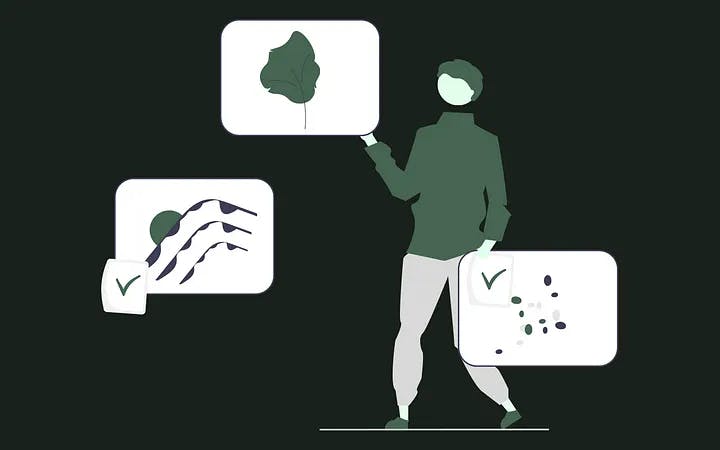Published on April 16, 2024
Listen to this Podcast
Published on April 15, 2024
Published on April 14, 2024
Published on April 13, 2024
Devops
How Devs from Venus and Ops from Mars get along for fast and furious software development? Is DevOps with CI/CD the nitromethane to your SDLC?
The DevOps tag is sponsored by Aptible. Write a #DevOps story today to win from $18,000!
Python
I have this awesome Python library that -- wait, are you on 2 or 3?
Javascript
"Not a real programming language" since 1995.
Coding
“Any fool can write code that a computer can understand. Good programmers write code that humans can understand.” ― Martin Fowler
Web Development
HTML/CSS, Javascript, Angular, React, and other stories by those who build the frontend of the Internet.
Programming
"Programming today is a race between software engineers striving to build bigger and better idiot-proof programs, and the Universe trying to produce bigger and better idiots. So far, the Universe is winning." - Rich Cook, The Wizardry Compiled.
React
Reteaching people basic web skills since 2013.
Software Development
when it's been 7 hours and you still can't understand your own code...
Git
Git is a free and open source distributed version control system designed to handle everything from small to very large projects with speed and efficiency. - Git.scm.com





